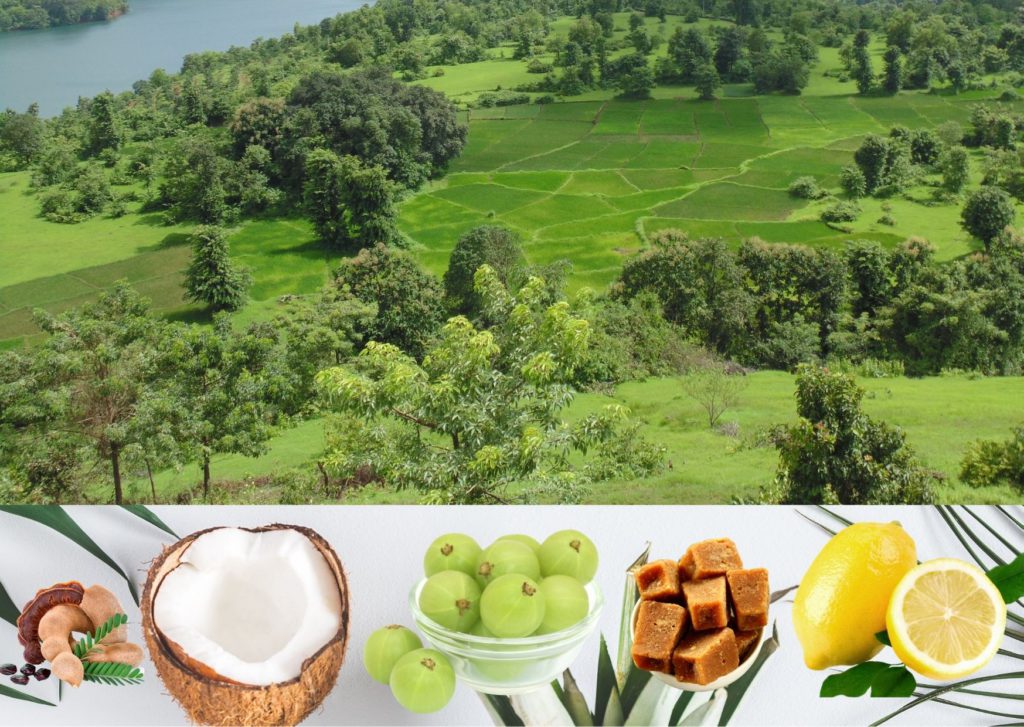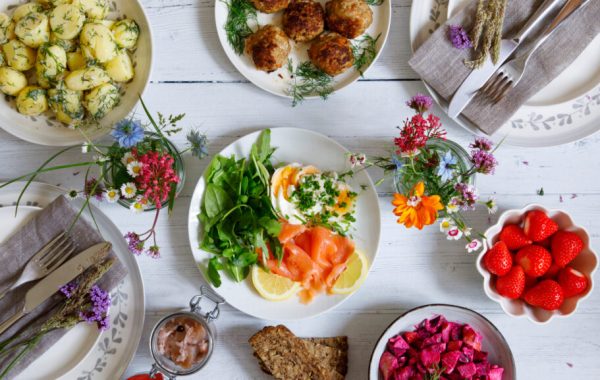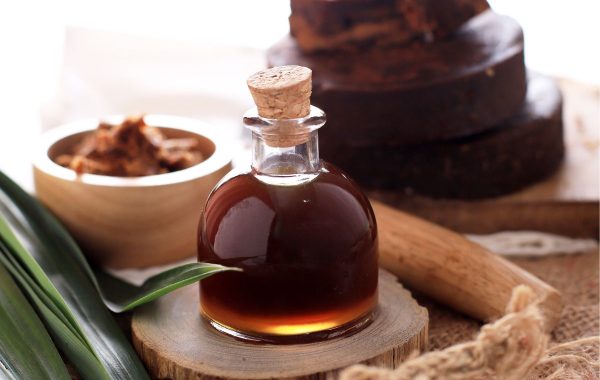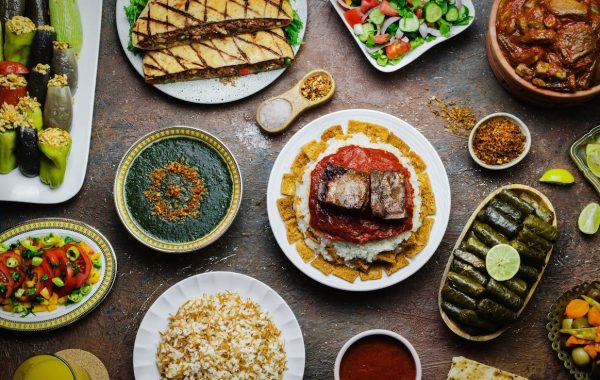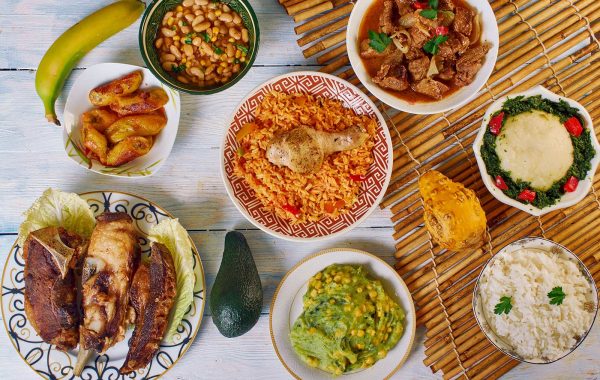History has it that around some centuries ago, a sect of the Kashmiri Brahmins who lived along the banks of the Saraswati started migrating to various parts of the country when the river started drying up. That is how Saraswat Brahmins can now be found all around the country. A section of these settled in the coastal areas of Maharashtra, Goa, and Karnataka. A subset of these who set up base in coastal Karnataka from Gokarna to Mangalore is called the Chitrapur Saraswat Brahmins. They speak a dialect of Konkani different from the one spoken in Goa or Amchi as it is colloquially called. The food prepared by this brand of the Saraswat Brahmin community is lovingly called Amchi food.
Considering its rich heritage, the cuisine is influenced by several cultures as the people traveled South from Kashmir. The cuisine shows influences of the food from coastal Maharashtra and Goa and also from areas south of Mangalore. However, the flavors and methods of preparation vastly differ.
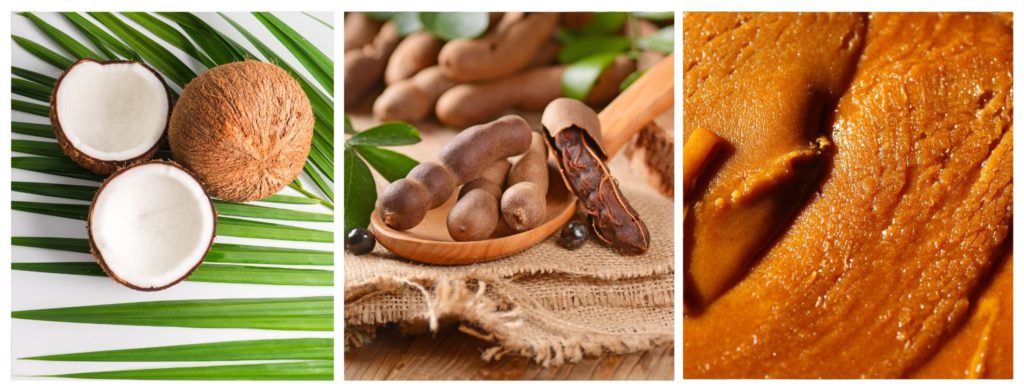
Like all traditional coastal cuisines, the ingredients used are local to the region and suitable to the climate of the place. What makes the cuisine unique apart from the funny and often unpronounceable names of the dishes, is the generous use of coconut. It is used as the main ingredient for gravy, a thickening agent, and also as a garnish. Another must-have in an amchi kitchen is tamarind, which is the main souring agent. Dried red chilies rather than chili powder especially the Byadgi for the color and the heat. And then to balance the hot and sour flavors, jaggery rules. Many of the sweets to are prepared using jaggery and coconut in some form.
So, if you take a peek at the ingredient list, it may seem familiar, but rest assured, Amchi cuisine is a world to be discovered. For, as they say, the devil is in the details. And these details are what have helped retain the authenticity of this cuisine and make it so unique.
Must Read: 47 Places To Visit In Maharashtra | 2021 Travel Guide
A Seasonal Delight – Pickle Recipe
There are some foods that are so seasonal that you can only access them for only a few months of the year. So, if you do not catch them during that time; they will be gone only to return after a long wait.
Let this be the year you do not miss out on such foods. One thing I want you to do is not scrunch up your face with an ‘Oh Gawd!!!’ expression when I list out some of these foods. Not because they deserve better, but because you do.
Cooking Time: This preparation takes only fifteen minutes of end-to-end time. It is that quick. This is the pickle of the season and the pickle for a reason.
Ingredients + Method
1. So, get together some farm-fresh ginger root, turmeric root, aam halad (mango ginger is the closest I can find. The botanical name being Curcuma Amada), amla (Indian gooseberry) green chilies (the less hot variety), some lemon juice and salt.
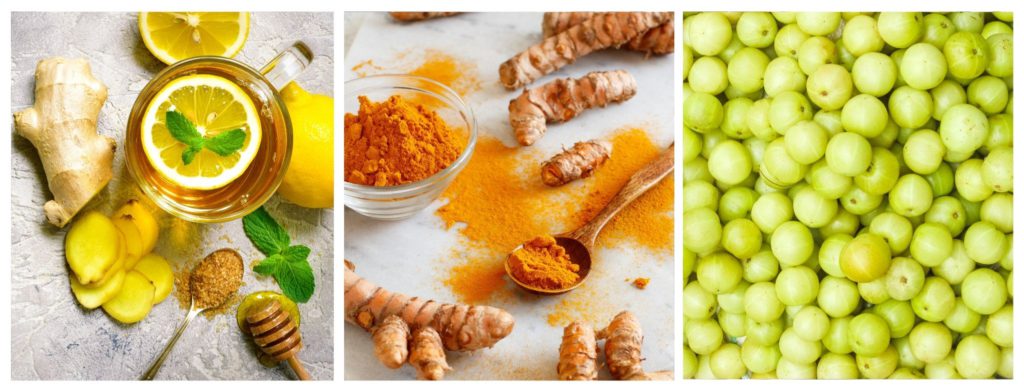
2. Clean and dry the root bulbs and grate them on a wafer grater. Chop the chilies finely and add them to the wafers. Add salt and mix well. Now add enough lime juice that over half the mix is covered in it. Stir well.
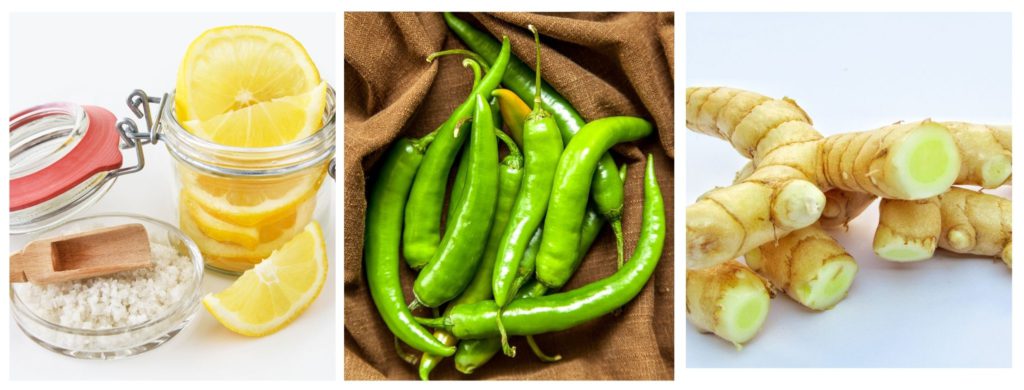
3. To make it a true pickle dry roast some mustard seeds in an iron tempering vessel. When the seeds crackle and pop, turn off the heat and add some asafoetida powder. Add this to the mixture and let it all integrate.
4. That’s it. It is done. Pour it into a sterilized glass jar and enjoy with anything. Yes anything; rice, roti, chapati, dosa, khakra, thepla. You can even add it as a pickle into sandwiches or burgers.
And no, I have not missed oil in the list … there just isn’t any in this recipe. That is what makes this pickle a powerhouse of antioxidants and vitamins without the guilt.
Everything is eyeballed, so there are no proportions, unlike usual pickle recipes. But it does need the TLC, which it deserves. So, no wet spoons should go into the jar.
I do not know how long it will last if unrefrigerated. You may not need to know either. And that is where the pickle with a reason comes in. The idea of this pickle is to make just enough to be enjoyed by the family and to share with friends and family so that you can all partake of the joys of this mouth-watering preparation. You can all reminisce about it in the warm summer months when these flavors are only in the memory.
Also, refrigeration changes the texture. It is pure joy to bite into the crunch. So, make a batch just enough for yourself and your dear ones. When it is polished off, just make some more.
Want to leave you with some information to help you adjust your ingredients;
The golden-hued raw turmeric root is pungent with an earthy-sweet taste which can take a getting used to.
The white variety of turmeric which is called the aam halad has a delicate flavoring of mango without the pungency of Tumeric. It will invite you to a mango orchard in the middle of the winter months.
Amla is already an international super-food and holds an eclectic mix of flavors. It has a sour astringent taste with a sweet and bitter undertone. This lime-sized insignificant-looking green fruit is crisp and fibrous and a great addition to any healthy diet.
Make this year count and don’t miss out on these hidden gems found in a local Indian market during the wintertime.

Come back next week for more recipes from the coastal Konkan region.
For the latest travel news and updates, food and drink journeys, restaurant features, and more, like us on Facebook or follow us on Instagram. Read more on Travel and Food Network
Trending Now: TFN 2021 Guides
A Week Along The Mesmerizing Amalfi Coast | Travel Guide 2021
48 Hours In Prague And 10 Tips To Make The Most Of It | 2021 Travel Guide
Also Checkout the below articles
- The Best Way To Holiday In coastal Karnataka | 2021 Travel Guide
- 10 Trips You Should Take With Your Dad
- Bread Capital of the World | Kashmir
- The Ultimate Dubai Food And Travel Guide 2021
- 10 Unmissable Travel and Food Experiences in Varanasi!
Bhakti’s love for food started long before she could reach the kitchen platform of her home. She would climb up on to a wooden stool to watch her grandmother and mother create magic with the simplest of ingredients. She was banished from the kitchen as a punishment when she pushed her sister off the stool one day in her curiosity to find out how golden a gulab jamun could get. She was only allowed to return when she promised to follow the rules of the kitchen. And to this day, she has not breached those rules. She loves cooking simple traditional food made with local ingredients and is always looking for grandmas and aunties who can share the long lost secrets from their kitchens.


